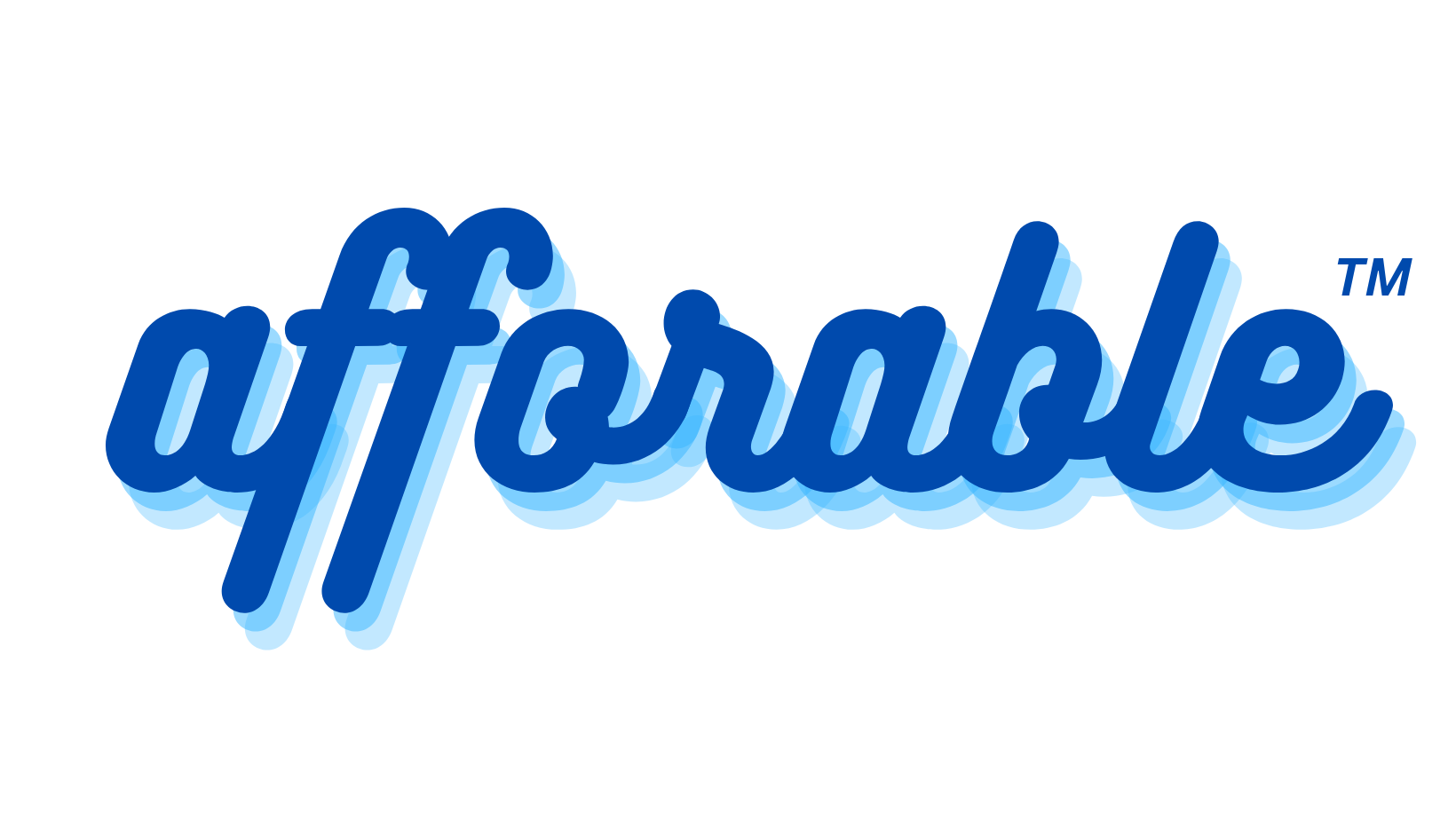Navigating the world of healthcare can sometimes feel like deciphering a complex puzzle. Two important pieces of this puzzle are health insurance and coinsurance. In this article, we’ll unravel the differences between health insurance and coinsurance, helping you make sense of how each affects your healthcare expenses.
Health Insurance: The Safety Net
1. What is Health Insurance? Health insurance is a contract between you and an insurance company. You pay regular premiums in exchange for financial protection in case of medical expenses. It’s like having a safety net that shields you from the full cost of healthcare services.
2. How Health Insurance Works:
- Premiums: You pay regular premiums, usually on a monthly basis, to maintain your health insurance coverage.
- Deductibles: Before insurance kicks in, you must meet your deductible, which is the amount you pay out of pocket for covered healthcare services.
- Copayments and Coinsurance: Once you’ve met your deductible, you often pay copayments (fixed amounts) or coinsurance (a percentage) for covered services. The insurance company covers the rest.
3. Pros of Health Insurance:
- Financial Protection: It shields you from unexpected and significant medical expenses.
- Access to a Network: Health insurance plans typically provide access to a network of healthcare providers, ensuring you receive quality care.
- Preventive Care: Many plans offer coverage for preventive services, encouraging early detection and proactive healthcare.
Coinsurance: Sharing the Cost
1. What is Coinsurance? Coinsurance is the portion of healthcare costs that you are responsible for after meeting your deductible. It’s usually expressed as a percentage (e.g., 20%) that you must pay, with the insurance company covering the remainder.
2. How Coinsurance Works:
- After you’ve met your deductible, you and your insurance plan share the cost of covered services.
- For example, if you have a 20% coinsurance and the total cost of a covered service is $1,000, you pay $200 (20%) out of pocket, and the insurance company covers the remaining $800 (80%).
3. Pros of Coinsurance:
- Cost-Sharing: Coinsurance helps distribute the cost of healthcare services between you and the insurance company.
- Flexibility: It gives you flexibility in choosing your healthcare providers and services, as you’re not tied to a network.
The Key Differences
Health insurance and coinsurance are related but distinct:
- Health insurance is a financial contract that provides coverage for a wide range of healthcare services. It includes premiums, deductibles, copayments, and coinsurance.
- Coinsurance is a specific element within health insurance that represents your share of the cost after meeting your deductible.
Conclusion
In the world of healthcare, understanding the roles of health insurance and coinsurance is essential. Health insurance serves as your safety net, offering financial protection for various medical expenses. Coinsurance, on the other hand, is the cost-sharing mechanism within your health insurance plan. By grasping the differences between the two, you can make informed decisions about your healthcare coverage and expenses. Remember that the right balance of health insurance and coinsurance depends on your unique healthcare needs, budget, and preferences.

